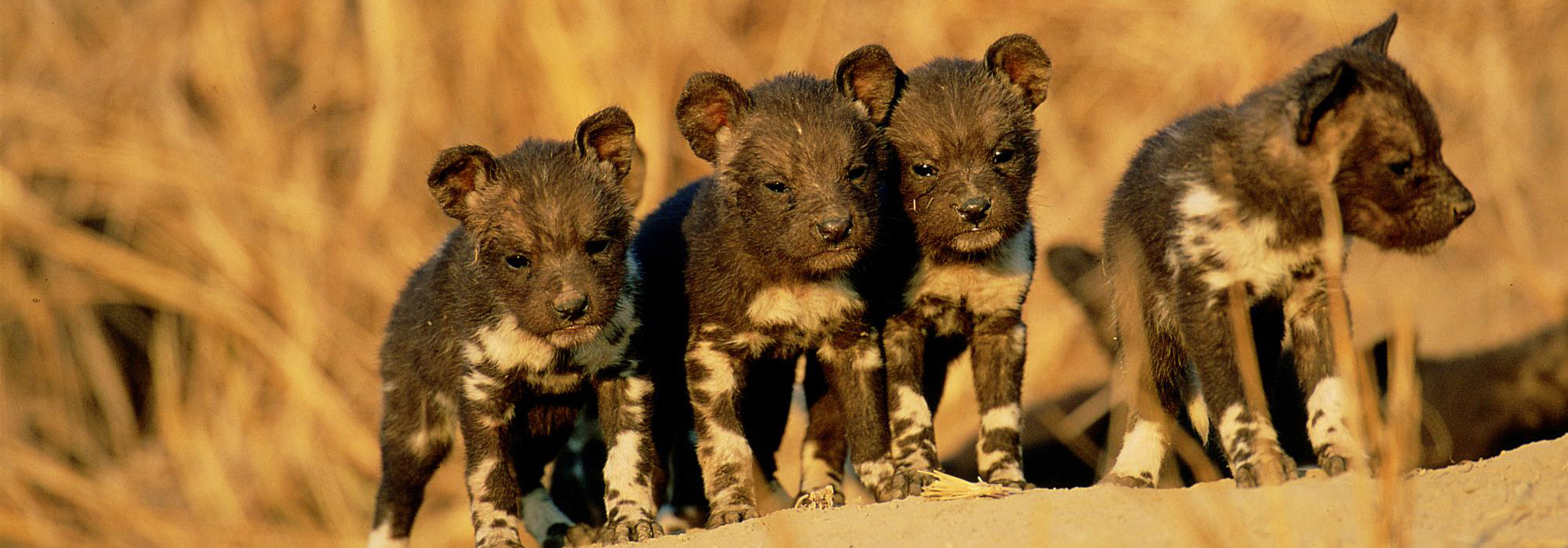HELPING THE WORLD ONE JOURNEY AT A TIME
Classic Escapes is committed to supporting the preservation of the environment, wildlife conservation and research in the countries featured in our programs. The Classic Escapes Conservation Fund has been established from the inception of the company to ensure that a percentage of all profits go to support the Bring-A-Book Foundation, and the Wildlife Researchers in the field. When you travel with Classic Escapes, you support travel as a tool for building the mutual respect, awareness and understanding that are vital to preserving the planet for future generations.
In keeping with our mission to take an active role in the conservation of the environment and in creating opportunities for travelers to learn first-hand the importance of these projects, the following are some of the projects Classic Escapes is proud to support. On many of our programs, travelers have an opportunity to meet with the researchers or their staff and hear of the work that’s being conducted in the field.
Amboseli Elephant Research Project, Kenya
Cynthia Moss, the noted American naturalist and author, has followed one elephant population for over 30 years, the longest-running study on elephants. In Amboseli, you are sure to see some of the very elephants Cynthia has immortalized in Elephant Memories and her many other books, as well as the award-winning film, Echo of the Elephants. Whole generations of elephants are cataloged and individually recognized, thereby adding greatly to the knowledge of family structure and behavior.
Save the Elephants, Kenya
STE was founded by renowned conservationist and elephant researcher Dr. Iain Douglas-Hamilton, who made a pioneering study of elephant behavior in the late 60s in Lake Manyara National Park, Tanzania, and studied elephant migration throughout Africa. STE focuses on research, grassroots, education and protection of those endangered giants. Using modern tracking technology, vital migration corridors have been identified. Further afield in Congo, Mali, South Africa and Tanzania, STE is collaborating with scientists to develop an international database on elephant migration patterns.
David Sheldrick’s Animal Orphanage, Kenya
The first person to successfully raise orphaned infant elephants, Daphne has rescued and raised hundreds of orphaned elephants, rhino, warthog and antelope. She has also worked to reduce the human/animal conflict and poaching that creates orphans, working with schools, training rangers and supporting community development. At the Voi salt lick, travelers can see where these infants are eventually released into the wild and end up in the care of other orphans who have been successfully reintroduced to the wild.
Action for Cheetah, Kenya
The goal of Action for Cheetah in Kenya, headed by American Mary Wykstra, is to carry out field research for the conservation issues in Kenya on areas of commercial farming and high human population where cheetah numbers appear to be declining. Dealing with conflict issues between humans and predators is complicated as translocation means moving problem animals from one area to another.
Tarangire Elephant Project, Tanzania
Committed to the conservation of the African Elephant through grassroots research, Charles Foley started the project as a doctoral thesis study while at Princeton University in 1993. Charles and his wife, Lara, now direct TEP in collaboration with Tanzania National Parks (TANAPA) and the wide support of many of the Zoos in the USA. Tarangire has over 2300 elephants and to protect them, the Foleys are working with the local communities to create corridors for elephants to move outside the park, and in return, the people get a financial benefit from protecting these magnificent animals.
Botswana Predator Conservation Trust
Heading up the longest running project on wild dogs, J.W. (“Tico”) McNutt has been living near the Chitabe concession of Botswana since 1989. Using radio telemetry and an ultra-light airplane from his remote research camp, he monitors a sub-population of 150-180 African wild dogs, as well as cheetah, leopard, lion and spotted hyena. Running Wild: Dispelling the Myths of the African Wild Dog was written by Tico and his wife Lesley Boggs and photographed by Helene Heldring and Dave Hamman, the owners of Chitabe Camp.
Children in the Wilderness, Botswana
In August, 2001, Paul Newman visited Botswana and stayed at Wilderness Safaris camps. During his stay, Wilderness Safaris and Newman discussed setting up a children’s program in southern Africa, similar to the children’s projects and camps he ran in the USA and Ireland. Within weeks of Newman’s visit the decision was made to start a project targeted at disadvantaged children with the purpose of creating a positive learning experience while exposing them to their wildlife heritage. This program, which centers around one week stays in the exclusive wilderness camps with wildlife drives, lessons and projects, helps to foster a greater understanding and appreciation of their wildlife and the environment around them. Thousands of children have been introduced to their native wildlife through this program.
Cheetah Conservation Fund, Namibia
American conservationist Laurie Marker has devoted her life to the preservation of the cheetah. As an internationally recognized center of excellence in research and education on cheetahs and their ecosystems, CCF works with all stakeholders to achieve best-practices in the conservation and management of the world’s cheetahs, and to develop and implement better livestock management practices, eliminating the need for ranchers to kill cheetah. The center conducts conservation education programs for local villagers, ranchers and school children and continues intensive scientific research in cheetah genetics, biology and species survival.
Save the Rhino Trust, Namibia
Founded by the late Blythe Loutit, it actively conducts, promotes and supports community conservation and training, wildlife monitoring, scientific data collection and ecotourism development planning in the remote rural areas of the Western Kunene Region of Namibia.
Punta San Juan Project, Peru
Dedicated to better understanding marine wildlife in order to efficiently protect it, the site is located at Punta San Juan on the southern coast of Peru – recognized as one the world’s most productive marine hotspots. The research focuses on understanding what wild populations of marine organisms need in order to grow and reproduce in the Humboldt Current ecosystem. Applicable recommendations are then made to the Peruvian government on how to best to protect these populations and maintain places like Punta San Juan protected, as they are a source of life for the oceans and local communities.
Travel Operators for Tigers (TOFT), India
Founded by a group of concerned tour operators, TOFT has expanded to become a pioneering international ‘collective action’ campaign, run by travel professionals. The organization is aimed at those within the nature travel industry and all visitors to India’s wildlife parks, and advocates, endorses and supports more responsible use of wilderness areas in India and the Indian sub continent home.
Lowland Tapir Conservation Initiative
The mission statement of the Lowland Tapir Conservation Initiative is “Promoting the research and conservation of lowland tapirs and their remaining habitats in Brazil.” Founded in 1996, the organization promotes the conservation of the overlooked, but vastly important tapir. The tapir plays a very significant role in their ecosystem: they disperse seeds, modify habitats, and are periodic prey to big predators.
Turtle Survival Alliance
The TSA was formed in response to the rampant and unsustainable harvest of Asian turtle populations. Recognizing that some species of turtles and tortoises were unlikely to survive without well-managed populations, the TSA was charged with developing breeding programs for the most critically endangered of the world’s species. With branches in Europe and the U.S., the TSA organized a diverse partnership involving zoos and aquariums, universities, private breeders and serious hobbyists, veterinarians, conservation NGOs, range country turtle facilities and turtle rescue organizations.

